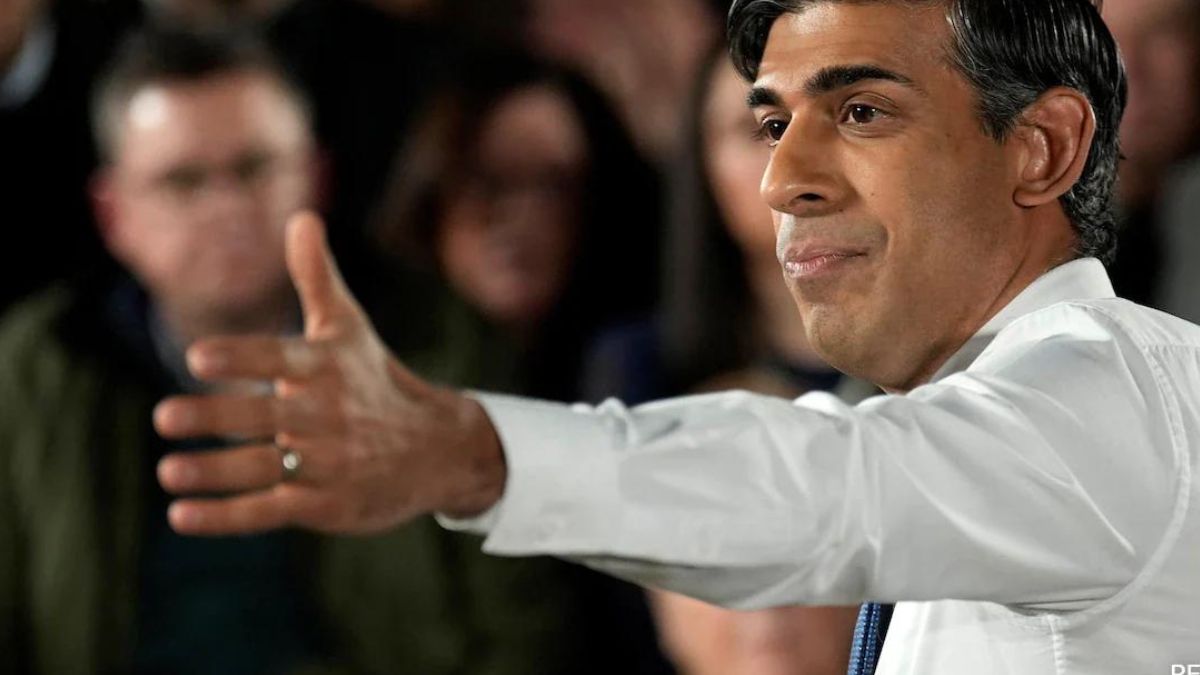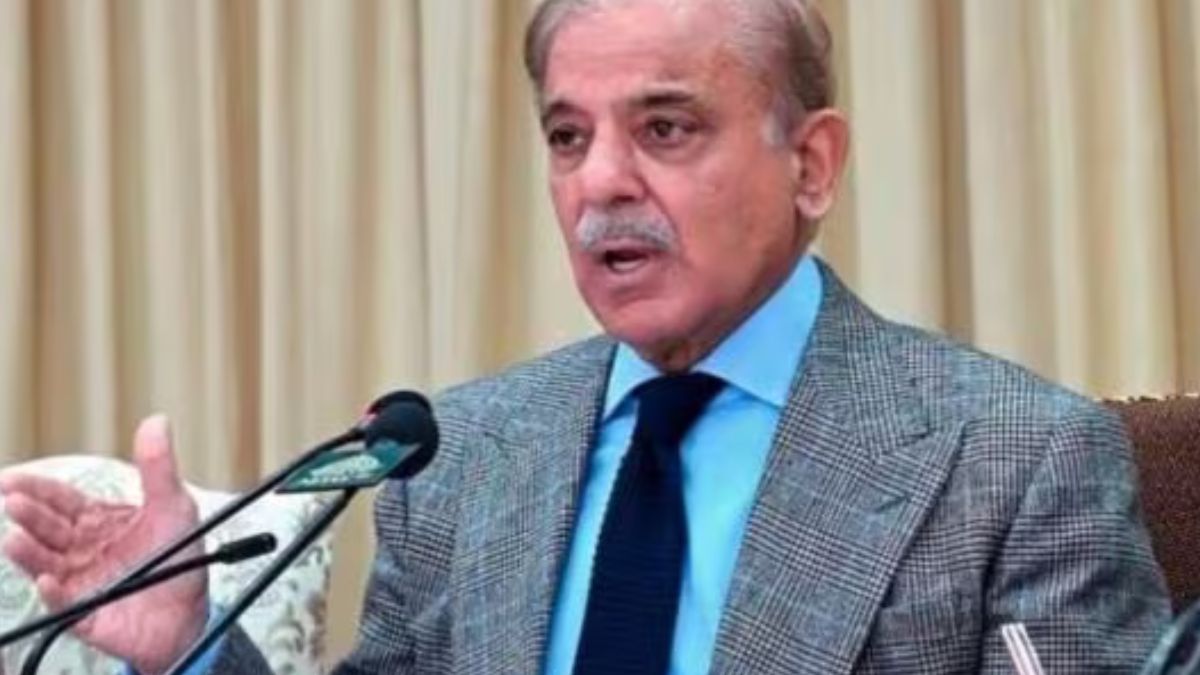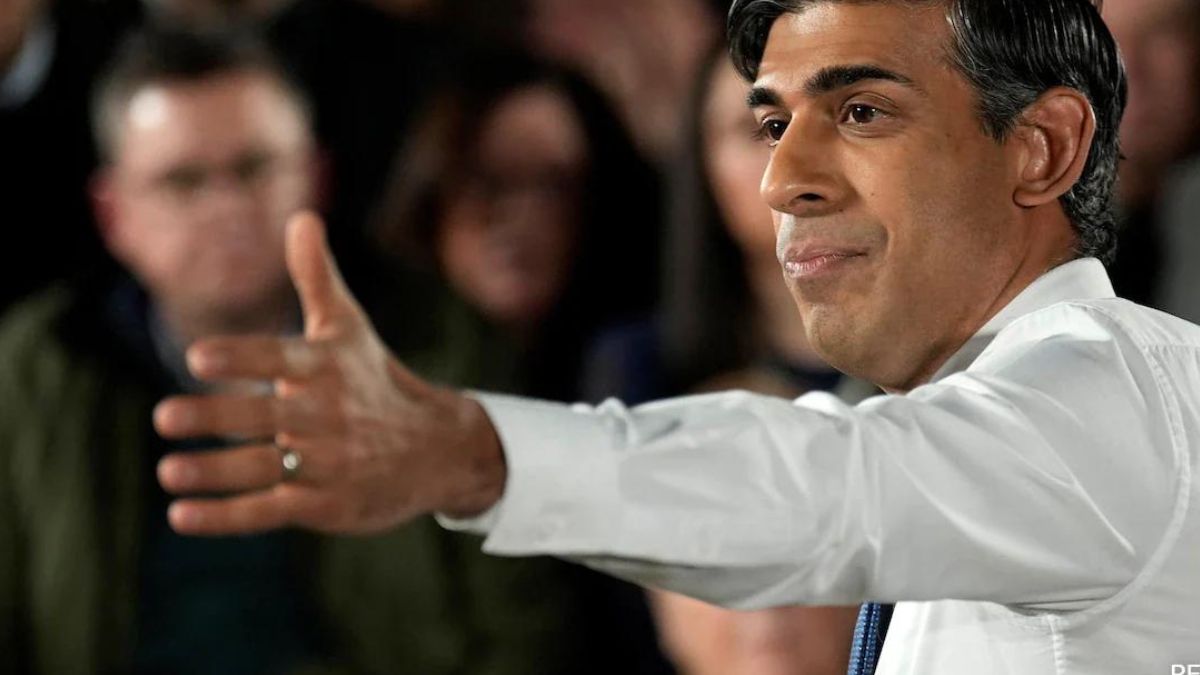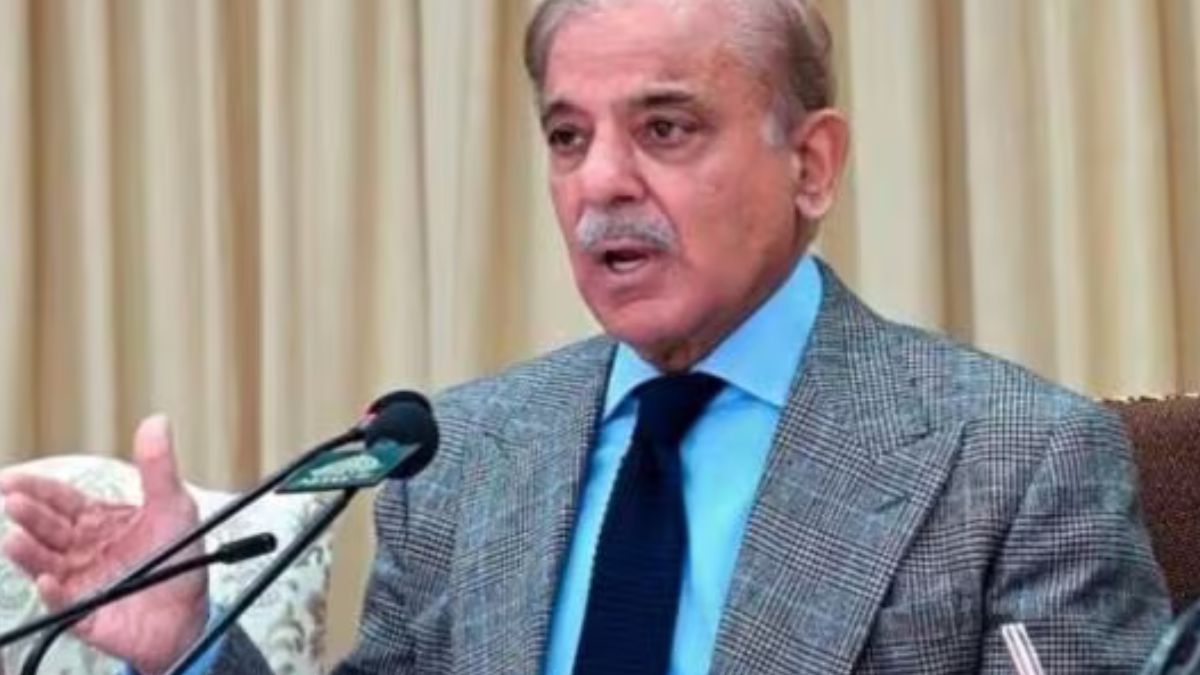As Secretary of State John Kerry arrives in India for the fifth India-US Strategic Dialogue, there is a real opportunity to energise the relationship and set a bigger agenda with India’s new government.
Kerry set the tone with an enthusiastic speech delivered on the eve of his departure to reinforce the original idea behind the relationship – India and the United States are two democracies with common strategic goals. He said that the deepening of ties was a “strategic imperative.”
Since Narendra Modi won the election, the Americans have consistently conveyed their optimism and eagerness to work with the Indian government on a broad range of issues. The rancour of the past three years and accumulated grudges have been set aside for now to test whether Modi really means “business”.
The rhetorical flourishes, the superlatives and soaring speeches have been in abundance in an attempt at “climate change” — from cool to warm. Effusiveness certainly helps especially given that recent past dominated by the Devyani Khobragade affair and complaints from the American side.
This bit of overcompensation is welcome, when directed towards a leader whom the Americans shunned for nine years and who, thanks to the ineptitude of the last Indian government, got a huge mandate to deliver on the promise of change.
Washington sees opportunities with Modi which it had stopped seeing with Manmohan Singh even though Barack Obama would probably have preferred Singh to have Modi’s message and drive. But at the end of the day, both governments have to be pragmatic and start anew after a break.
The Strategic Dialogue on July 31 would be the first structured exchange between Kerry and Foreign Minister Sushma Swaraj. It would provide an opportunity to assess the priorities and see where the American supply meets the Indian demand. Kerry called it a “potentially transformative” moment for the two countries to reassess, re-energize and reengage.
Shortly after Kerry’s visit, New Delhi will host Defence Secretary Chuck Hagel to firm up the agenda on the defence side before Modi comes to Washington in September. Fleshing out the Defence Technology and Trade Initiative, under which both sides are trying to venture into co-production and co-development, will be at the top of Hagel’s agenda.
India will also get a better sense of the US “rebalance” to Asia and how it fits into the grand scheme of things. At the recent Congressional hearings on India, US officials were reticent in articulating details about the pivot – something that was meant to be Obama’s signature policy.
Come September, the hope is that India and the US would have developed a clear set of policy objectives, which can be announced by Obama and Modi.
From the American side, the desire for a deeper engagement is clear despite the buzz that Modi might do more with China and Japan than with the United States in the time remaining for the Obama Administration. Kerry countered that in a globalised world, it is natural for India to have “many partners” but with the United States, India has “unique opportunities” to boost trade and deepen the security partnership in the Asia-Pacific region and beyond.
“This is the moment to transform our strategic relationship into an historic partnership that honours our place as great powers and great democracies. We are going to get to work now,” he said at the Center for American Progress, a think tank close to the Democratic Party. The Center launched a new initiative called India 2020 to identify specific areas where the two countries can work together to reach the full potential of a solid economic and strategic relationship by 2020.
The US business lobby, which drove the relationship over the last three years putting their complaints front and center about India’s tax laws, local content mandates, intellectual property protection and compulsory licensing, has toned down its alpha campaign to assess the new Indian government’s policies.
With the budget and President Pranab Mukherjee’s speech, India has set the direction. The overarching idea is to revive the economy and recapture the high growth rates.
Modi’s topmost priority is to create jobs and bolster manufacturing. The Americans see a perfect fit but Kerry was clear in pointing out that the US government can’t “direct” its corporations to open factories in Kolkata or Mumbai, but if Indian policies were to create a conducive environment, business would automatically follow. If both sides are smart, they can be a good fit in the areas of clean energy, manufacturing and infrastructure.
India’s nuclear liability law remains a sore point with the US Congress and corporate America. Kerry referred to it but obliquely when he said that we needed to “build” on the civilian nuclear agreement, which changed the dynamics of the relationship. If the liability law is somehow removed as an obstacle, there is more likelihood of increased US LNG exports to India.
But sensing India’s deep discomfort with an overly transactional approach, Kerry tried to bring back the big picture. He urged both sides to keep the “eyes on the prize” and to let the “end game guide us.”
Figuring out what that end game is will form a substantial part of the discussions this week when the two sides meet. Afghanistan, China and Pakistan will loom large on the horizon in terms of strategic issues. How Washington navigates the treacherous paths through the two “all-weather friends” is the question. On the economic front, regional connectivity in South and Central Asia is something that both the United States and India desire.
Another push from Kerry was for more integration between South Asia and South East Asia. He praised Modi for taking the first step to invite all South Asian leaders for his swearing-in ceremony and said Washington would support a renewed India-Pakistan engagement for a win-win outcome.
But will Washington use its “good offices” to point the Pakistan army and the ISI in the right direction – both of which consider India a permanent enemy? Will it use its levers to demand some progress from Islamabad and Rawalpindi?
The short answer is: we don’t know because the US still thinks it needs the Pakistan army’s goodwill in the near term for troop withdrawal from Afghanistan. For all the praise for India’s good work in Afghanistan, Washington doesn’t consult New Delhi with any frequency except occasionally in the trilateral forum.
The bottom line: the big picture remains positive but in the near term, it might work better to fill out the gaps in the small picture. India needs American expertise, technology and experience in meeting the challenges it faces. And the U.S. wants a bigger share of the Indian market.
Pragmatism should rule the day.
(Seema Sirohi is a Washington-based analyst and a frequent contributor to Gateway House: Indian Council on Global Relations. This feature was written for the Gateway House: Indian Council on Global Relations. The original article appeared here . You can read more features here .)


)




)
)
)
)
)
)
)
)